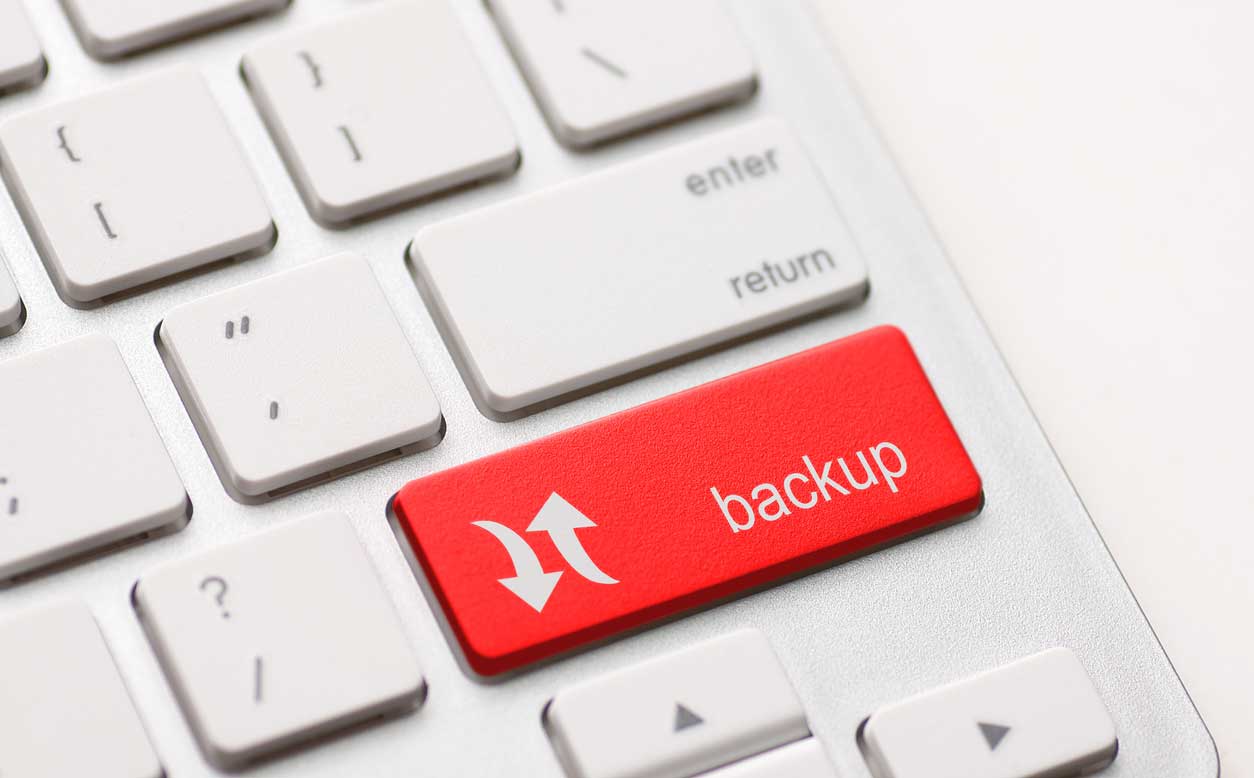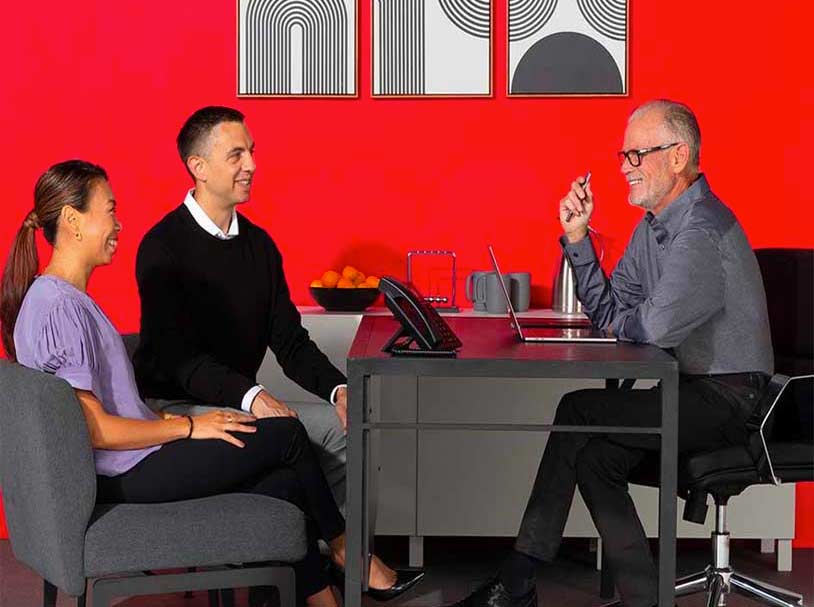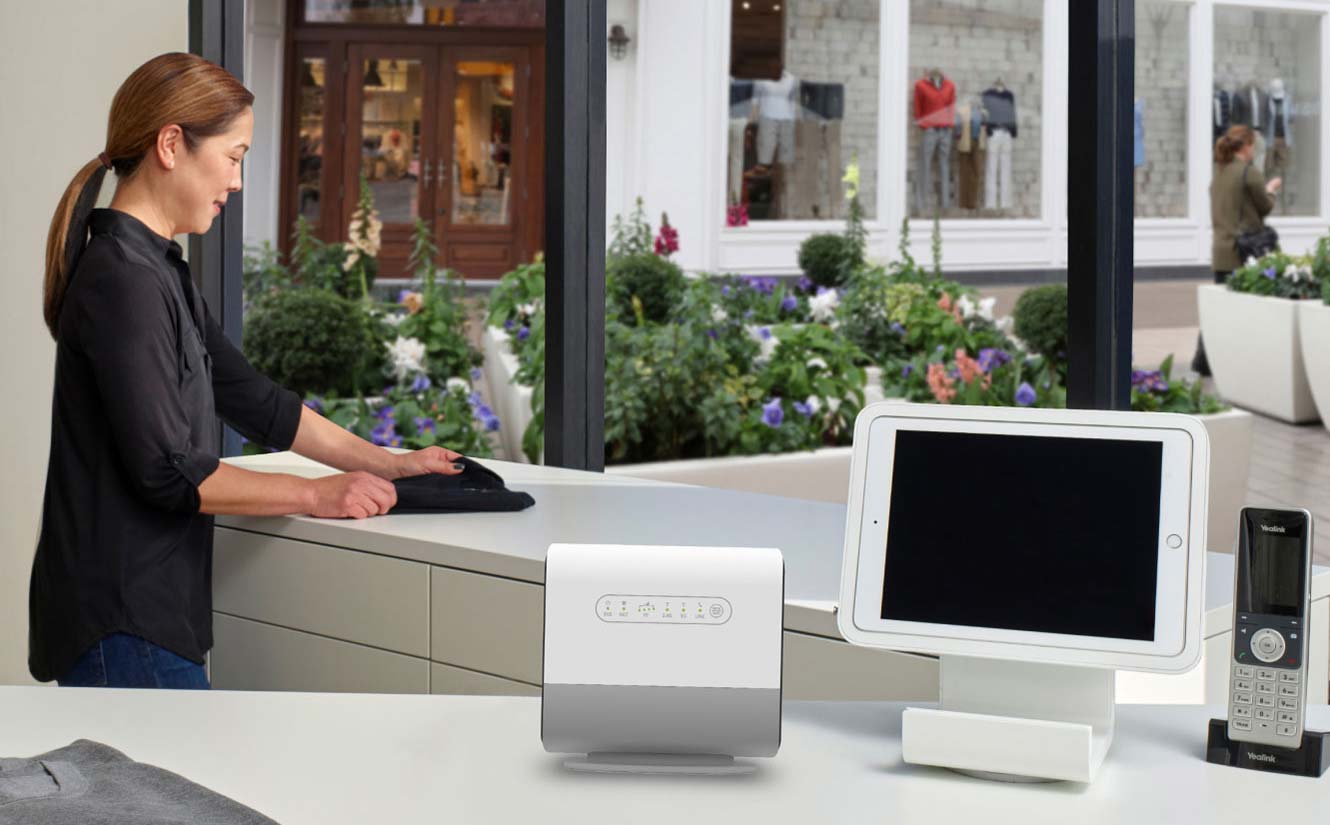Simple steps to back up your files in 2021

Why should you back up your files? Think about how long it would take to recreate all the work you’ve stored on your computer if the unthinkable happens. A fire, flood, break-in at the office, or a technology failure can wipe out everything in a matter of seconds. A 2020 survey found that while 91% of individuals and companies back up data, only 26% of companies back up data daily. The same survey found that “68% still lose data as a result of accidental deletion, hardware or software failure, or an out-of-date backup.” If these data and backup issues concern you, understanding your current situation in more detail is a good first step.
Evaluating your company’s backup technology and processes.
Whether you use cloud storage, an online backup service, or an external hard drive, it is helpful to evaluate how these tools are used. Consider scheduling a conference call or a video call with your IT staff to explore the following questions:
- What technology is used for backups? (Examples include: Google Drive, an external hard drive, a flash drive, cloud storage, or an online backup service.)
- How often are data backups made?
- When was the last time the backup and restore was tested?
- Does the backup process consider employee laptops? (Because laptops are portable, they may not be connected to the company network when a backup process runs.)
- Do employees have the option to back up and restore files or folders?
- How are employees trained about backup processes, especially for essential files?
In discussing these questions, you may find out that your company’s backup technology, processes, and documentation have gaps. For example, you might have relied on cloud services to back up your files only to discover limitations. Perhaps one online backup service lacks support for mobile devices, while another has a data storage limitation. If you find gaps in your approach, consider the following best practices suggestions to improve your backups.
Best practices to create or update your company’s backup process and technology.
The following tips are provided as a starting point to create a process to back up your files. Please consult a qualified legal professional for advice if you have specific questions or concerns about record retention or legal matters.
Identify important files for backup.
You might have limited time and budget to manage your backup process. Therefore, it makes sense to focus on your most important files first. Typical examples include customer data, financial data and employee files. If your industry has specific record retention requirements, you may want to validate your list of important files for backup with an industry specialist as you develop your backup plan.
As a starting point, remember that some records like those proving land ownership may need to be permanently retained. The Illinois CPA Society suggests “taxpayers should keep most of their income tax records a minimum of four years, but it may be more prudent to retain them for seven years.” If you rely on a backup system to meet your records retention requirements, keep these guidelines in mind.
Consider several backup technology options to back up your files.
Today, business owners have multiple choices when it comes to choosing a backup provider. Consider the following advantages and disadvantages of these options.
- Flash drive. A business with a small amount of data might consider using a flash drive. A flash drive has the advantage of portability and affordability: You can buy a flash drive with 1000 GB of storage for under $200. Further, a flash drive is a one-time purchase. The disadvantages of a flash drive include the risk of losing it due to its small size. In addition, there are security concerns with flash drives because an employee might use a company flash drive on a publicly accessible computer and inadvertently bring malware or viruses to the company. This security risk can be reduced by choosing a flash drive with advanced security features (e.g., fingerprint authentication or password protection) and training employees not to use company flash drives for personal use.
- Cloud backup services. You may also consider using a well-regarded cloud backup service. With a cloud backup service, you don’t have to worry about losing a hard drive or flash drive. The disadvantage is that you must pay ongoing fees to maintain access to the cloud backup service.
- External hard drive. In some respects, an external hard drive has similar advantages to a flash drive. However, an external hard drive can provide a much larger amount of storage. For instance, you can find 5 TB (5000 GB) hard drives for approximately $105.
Define your recovery objectives.
According to IBM, it can be helpful to consider the following two objectives when developing your company’s backup plan: recovery time objective (RTO) and recovery point objective (RPO).
IBM defines these terms as follows:
Recovery time objective, or RTO, refers to the maximum amount of time the business can afford to be without access to the data or application—or how quickly you need to recover the data and application. Recovery point objective, or RPO, refers to the amount of data you can afford to lose and effectively dictates how frequently you need to back up your data to avoid losing more.
Your recovery time objective for important files might be only a day or two, while you may be able to live with a longer recovery time period for less important files. Regarding recovery point objectives, think about how your business operates. For example, a seasonal landscaping company may have a high volume of transactions during the summer and no transactions in the winter. In that case, such a business might choose to have a daily RPO in the summer and adjust to a different RPO in the winter.
Test your backup and restore system periodically.
Testing a backup system is a helpful technique to measure the effectiveness and speed of your backup process. As you carry out the backup and restore testing, take note of how long it takes. By keeping track of the time to complete a restore, you can determine if your recovery time objective is reasonable. Testing your backup process involves a few steps.
Step 1: Identify the focus of your backup testing.
Let’s say you want to test the backup process for your important files with customer data.
Step 2: Choose your backup testing procedure.
There are different ways to test a backup, such as testing boot-up, testing system functionality (e.g., operating system functionality), and testing recovery. For this example, consider the most demanding type of backup testing: testing recovery.
Step 3: Determine the ideal backup testing frequency.
A good test is to use the data from your most recent backup. See if your employees can answer customer service questions by using only the data from that file, which may be a month, week or day old. If they can’t, you should back up files more often. Keep testing until you find out what works for your business.
Back up today to avoid disaster tomorrow.
Imagine if your company lost all of your customer record and financial data. It could take a long time to rebuild that information, and some information, like photos of the company founder, might be impossible to replace. Putting a backup process in place is like paying for insurance. You hope you will never need to use it, but having it in place gives you peace of mind if problems happen. You can get started by focusing your backup on highly critical information like customer and financial files.

Learn more about how Ooma Office can help your business.
Thank you!
An Ooma Office Sales Representative will be in touch shortly.
866-573-0707


Learn more about how Ooma Office can help your business.
Just call 877-621-0515 or click this to CHAT. Or, fill out this form and someone will reach out to you shortly.



